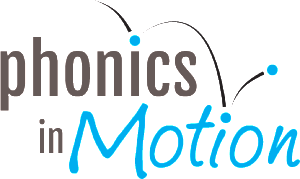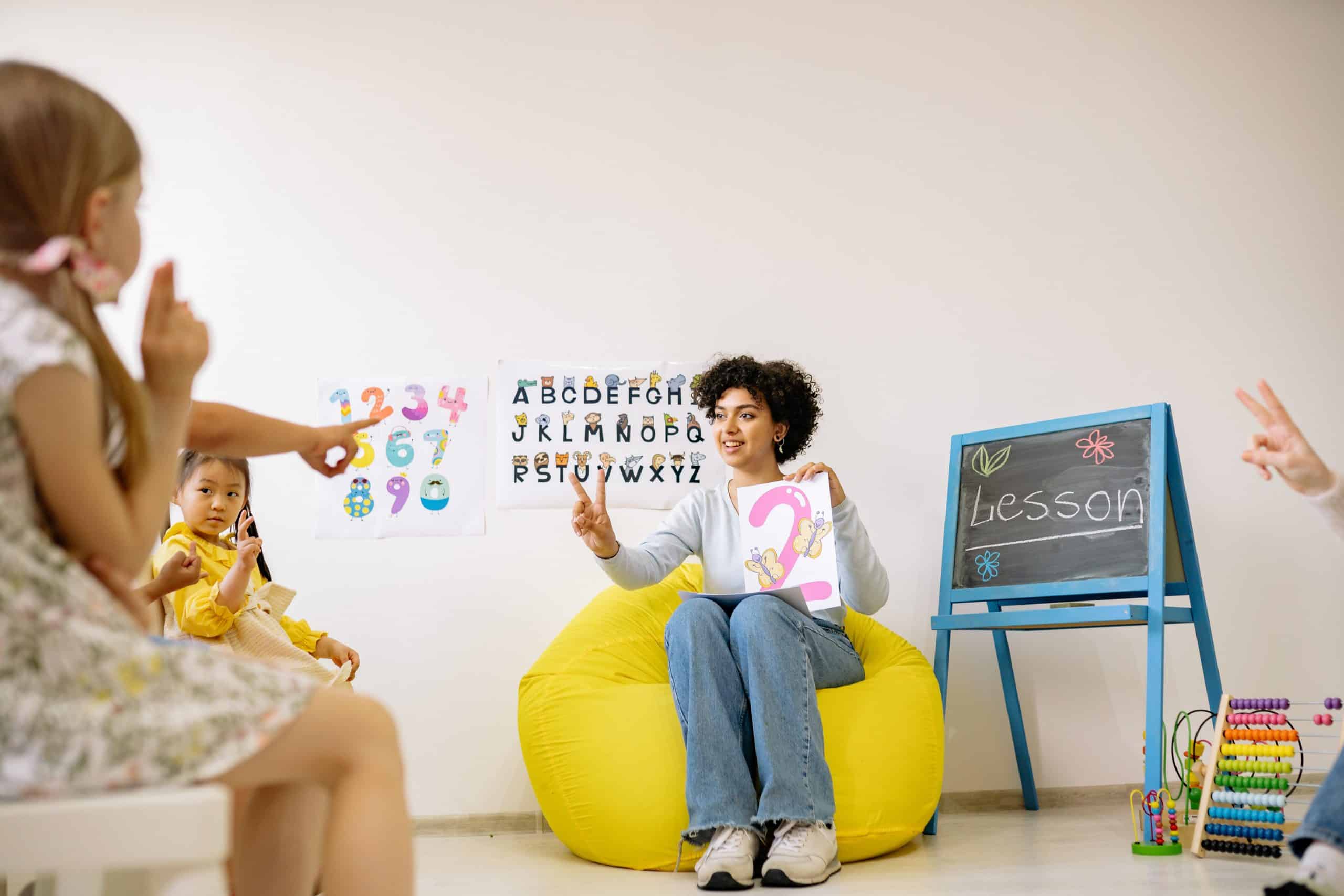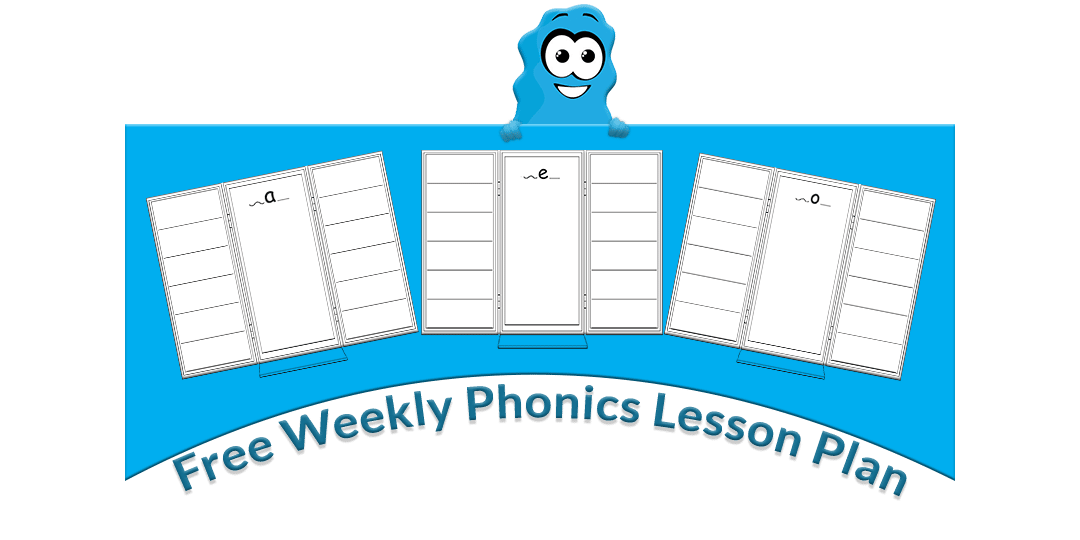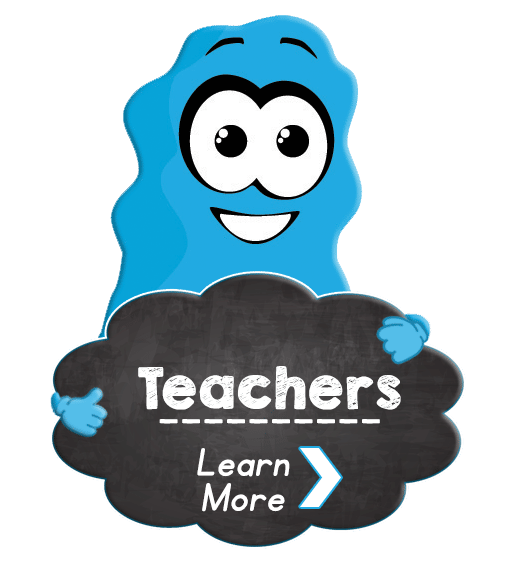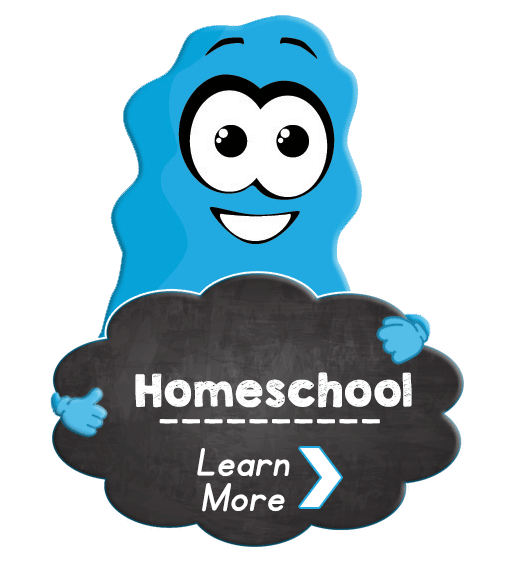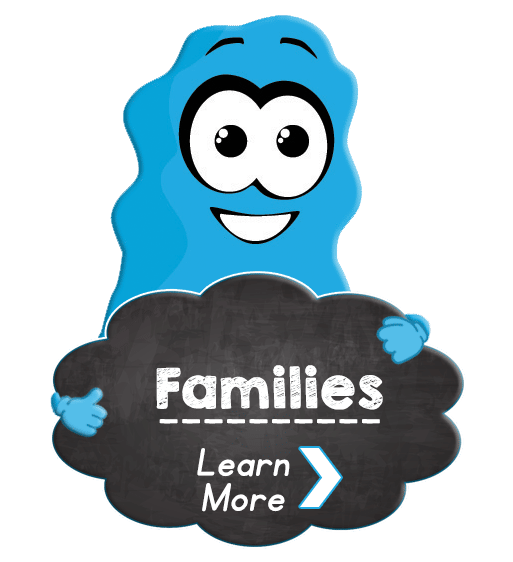The Importance of Growing Vocabulary
Children need rich opportunities to learn and use new words. Vocabulary is an essential part of language competence. As kids grow, their vocabulary develops. The more words they know, the better they understand what they hear and read and thus become better communicators.
A good vocabulary helps your child in school and beyond because it allows them to express thoughts more clearly, both in speaking and writing.
As children start school, having a large vocabulary can help them succeed in all learning areas. Studies have shown that a child’s oral language is one of the strongest predictors of future reading success. Students with larger vocabularies tend to do better on achievement tests in all subject areas.
We need to get kids excited about new words at school and in everyday life.
What is Vocabulary?
Vocabulary is one of the most important aspects of language learning. Words are the building blocks of everything we say, write, read and hear. The larger their vocabulary, the better they can express themselves.
Children learn phrases from a number of sources, including direct instruction from parents and teachers. This can be done by talking to them about new phrases they don’t know, teaching them how to use them in a sentence, reading books, and discussing the meaning of unfamiliar text.
They will also pick up new language through their own reading. In fact, researchers have found that independent reading is perhaps the best way for younger students to expand their vocabularies. And having larger vocabularies has been linked to increased academic success throughout school and into postsecondary education.
It’s important to remember that different types of words that make up a child’s vocabulary, including:
Basic Sight Words:
These are common words that frequently appear in text. They are often irregular and have inconsistent spelling patterns. Examples include the, was, said, there, what, these.
Content Words:
These are the subject-specific terms that students need to know to learn in different content areas. Examples include math and science terms.
Functional Words
These are the everyday words used for conversing and writing. They may be nouns (e.g., dog), verbs (e.g., run), adjectives (e.g., fast), adverbs (e.g., loudly), pronouns (e.g., we), prepositions (e.g., over), conjunctions (e.g., but).
How To Teach Vocabulary
While we often think about vocabulary as an isolated skill, it is best taught in a connected way with all other pillars of literacy. As kids read independently, they then reencounter phrases when you read aloud to them during shared reading or when they come across them while reading independently. The words then become part of their spoken language, and they can use them in conversations with teachers and other children.
Because books use more words than the average daily conversation, students who spend time reading develop an extensive vocabulary than those who do not read. The more they practice using words in context the easier it is to understand what they read and hear.
The Challenges of Teaching Vocabulary
The challenge of teaching vocabulary is that words have different meanings, pronunciations, and spellings depending on their context.
Kids need to learn how to decode and store them in memory to retrieve them at will. Children must also understand the meanings to comprehend what they read.
To learn a word is to learn all its inflections or forms. For example, the verb cook is transformed into cooked and cooking; the adjective warm becomes warmer and warmest; the noun child becomes children. Teachers must make sure students learn these variations and the most common usage of the word itself.
Learning vocabulary also requires knowing how to use them correctly. For example, it is common for students to mix up homophones, but this can drastically alter the meaning of their message.
It is not enough to just teach new words explicitly; teachers must also provide opportunities for students to use them.
How Does Phonics in Motion Help Teach Vocabulary?
Vocabulary, like many other academic areas, is learned through experience. It is impossible to learn a new word by reading or hearing it only once. It must be repeated several times to retain a word and remember it. To ensure that children retain new vocabulary, you must provide them with multiple opportunities to practice.
The old method of simply providing students with a list of new words and asking them to memorize the definitions will not help them understand. Students must be able to use the words in context for their meanings to stick.
Phonics in Motion believes that kids learn best when all pillars of literacy are woven together, not taught in silos. We believe that the best way to do this is to provide authentic learning opportunities.
We all know that the more exposure we have to a word, the better we will remember it, right? This is true, but we cannot ignore that context is another factor at play here. To really learn a new word, we need to discover it in context — we need to read or hear it in a sentence where we can infer its meaning from the rest of the sentence. True mastery happens when we learn words in as many different contexts as possible.
The reason Phonics in Motion is so successful in increasing vocabulary is that it provides a fun, multisensory learning experience. Children learn best when excited about learning and engaged in hands-on activities. They ask questions, explore and discover amazing things. Real-world experiences that connect with their interests increase their vocabulary.
Ready to Connect?
Check out our free ebook based on the Science of Reading
